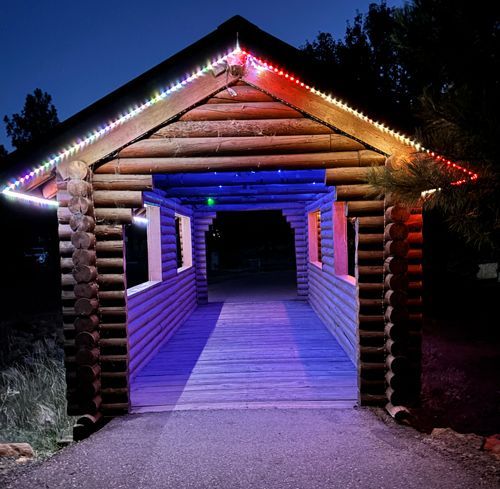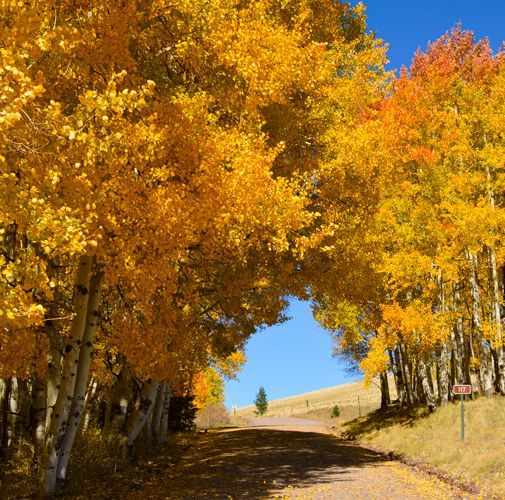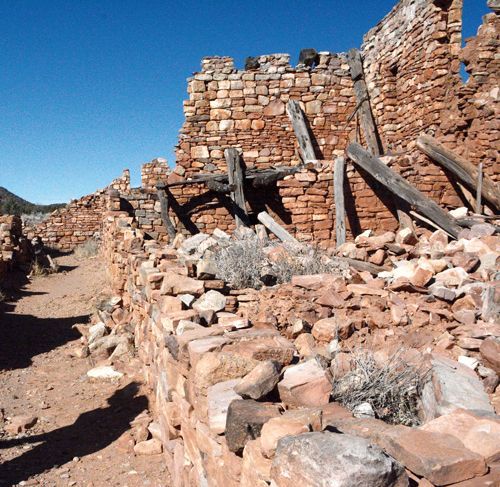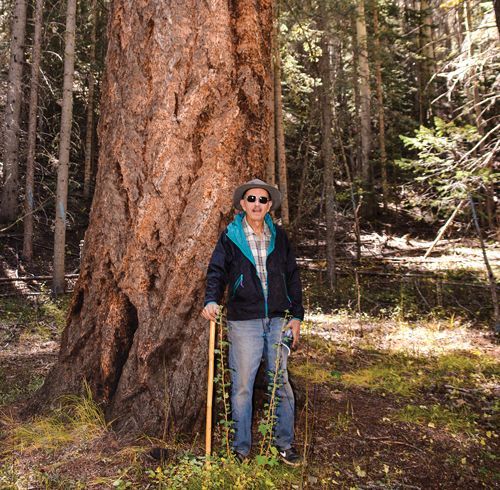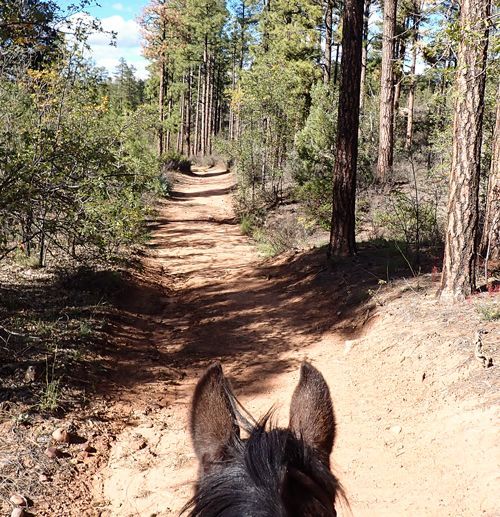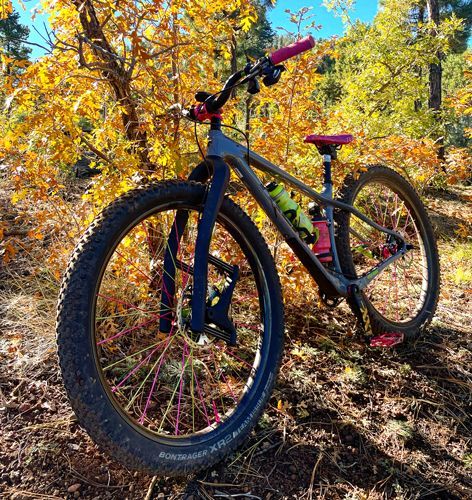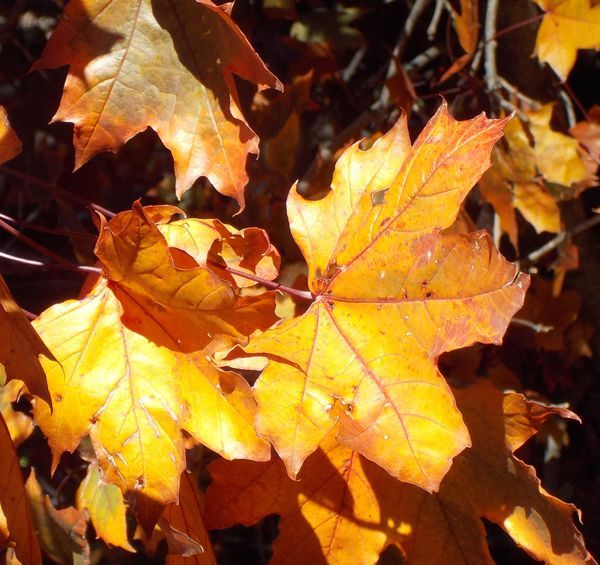The Old Fort Bowie National Historic Site
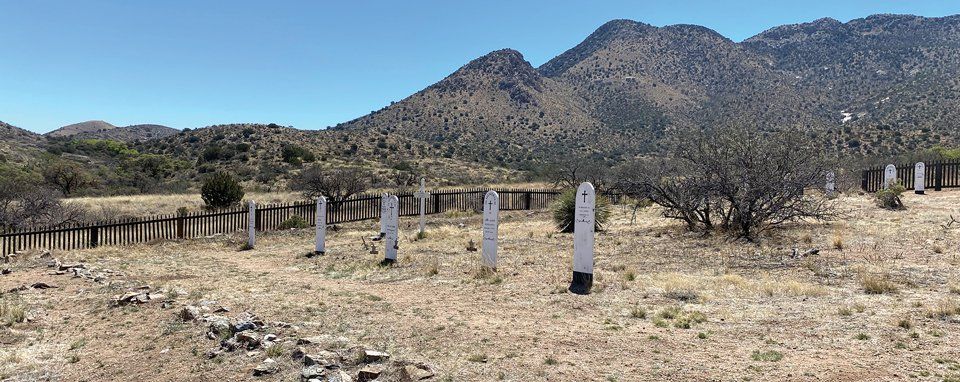
By Annemarie Eveland
In Southern Arizona, between the massive Chiricahua Mountains and the rugged Dos Cabezas Mountains, there is a low divide that, in the 1800s, supplied a very dependable water source. These springs made this Apache Pass an essential traveling direction for obtaining necessary water for prospectors, soldiers, and travelers who flocked into the Chiricahua Apache Homeland. The pass was named Puerto del Dado (the Pass of Chance) by the Spaniards, and some called it Puerto de la Muerte (the Pass of Death), because of the risk of encountering raiding Apache warriors. (photo of Apache Springs)
To protect the Apache Springs and to encourage safe travels, Fort Bowie was built. Building the Fort began July 28th, 1862, and was named in honor of the regimental commander, Col. George Washington Bowie. At first, it was a temporary camp of13 tents, with irregular stonework around them. But with the upcoming cold winter, stone and adobe huts were constructed. At last, in 1868, more stable buildings were added and by 1894 it was an established post of 38 structures and was considered a modern post.
From 1862-86 there were many violent bloody fights between the Apache and the stationed soldiers. First, the Chiricahua Apache were led by Cochise, then Geronimo. In 1872 Cochise made peace with the United States Government and his people were given a 3,000 square-mile reservation in Southern Arizona; but when Cochise died, the young Apache men, unhappy on the reservation, escaped, creating more distrust between the Indians and the whites. So, in 1876, the Federal government dissolved the Chiricahua Reservation to gain more control over them and then moved them to San Carlos Reservation. This reservation was in the Gila River Valley, but the land was hot, desert, and disease-ridden.
Then, Geronimo led several bands of his warriors into Mexico’s Sierra Madres. There they terrorized the border region. During the next decade, many would be captured and returned to San Carlos’ deplorable conditions and imprisonment. In May 1885, Geronimo led 134 Chiricahua Apache back into Mexico, where they were chased by soldiers and Apache scouts under Brig. Gen. George Crook and then under Brig. Gen. Nelson A. Miles.
The final surrender of the Apache happened in September 1886. They brought Geronimo and his band to Fort Bowie, lined them up on the parade ground, piled them into wagons, and transported them to the railroad which was bound to their exile in Florida. With Geronimo defeated and the Apache Wars ending, the reason for Fort Bowie’s usefulness was no longer needed. On October 17th, 1894, the last troops were withdrawn, closing this post which had been a vital and active post.
There is a lot more history around this area, like the Butterfield Overland Mail route. Started by John Butterfield who told his stage drivers, “Remember boys, nothing on God’s earth must stop the United States Mail!” He began semi-weekly mail service from Tennessee and St. Louis to California in 1858, with 240 stage stations along a route of 2,800 miles!
There is also the Apache Pass Stage Station (now in ruins) which in 1858 had high stone walls, kitchen, dining room, sleeping places, feed and weapons storage, corral, station workers, and many traveling guests. (photo# of Apache Springs today) The Apache Springs itself, which was used by Indians, travelers and soldiers alike still delivers a steady flow of water today.
In January 1861, a son of a Mexican woman who lived with John Ward was captured by Apaches but Cochise was wrongly accused, which flamed open and bloody warfare between the Apache and the whites, that fumed on for ten years. This incident became known as the Bascom incident.
Today, one interesting way to get to Old Fort Bowie is to take a three-mile hike to the informative visitors’ center. At the center, you can glean more living history of the Fort by the well-versed Ranger. The hike goes by the Butterfield Station ruins, the Post’s cemetery, Apache Springs, and ends up at the ruins of First Fort and the Ranger Station display building.
Gazing over the surrounding landscape you can enjoy a colorful high desert landscape which seems mild compared to the extremely violent events that happened on the same ground you are standing on in the 1800s between the Apache and the soldiers. Fort Bowie is at 5,000 feet elevation. For some visitors that may mean some resting and not pushing the hike too energetically. And always, carry enough water for a return hike.
Hiking in this area, there are both north and south trails. Note that small desert animals also call this area “home.” So, be watchful and avoid wild animals such as the javelina (collared peccaries), the rattlesnakes, etc.
On our hike, the stop at the old post cemetery was very interesting. I found information that it predated the building of Fort Bowie as soldiers of the California Column were interred there in 1862. Buried in this cemetery were military dependents, civilian employees, emigrants, mail carriers, and three Apache children including Little Robe.
I found the grave of Little Robe, an Apache child of Geronimo, who was captured in Nacori, Mexico August 7th, 1885, along with seven women of whom two were Geronimo’s wives, as well as eight children two of which were Geronimo’s sons. They were brought to the Fort Bowie guardhouse and the guards became attached to Little Robe. When he died, on September 10, 1885 (maybe from dysentery), they buried him in the post cemetery, although typically Apaches buried their dead by sealing them in small caves or putting them in natural depressions with the head towards sunset and covering them to blend unmarked with the environment.
If you go to Fort Bowie, relax on the walk, and savor the beautiful surroundings even with the powerful historical challenges that this land has endured.
_________________
Old Fort Bowie National Historic Site.
3203 South Old Fort Bowie Rd.
Bowie, AZ 85605

